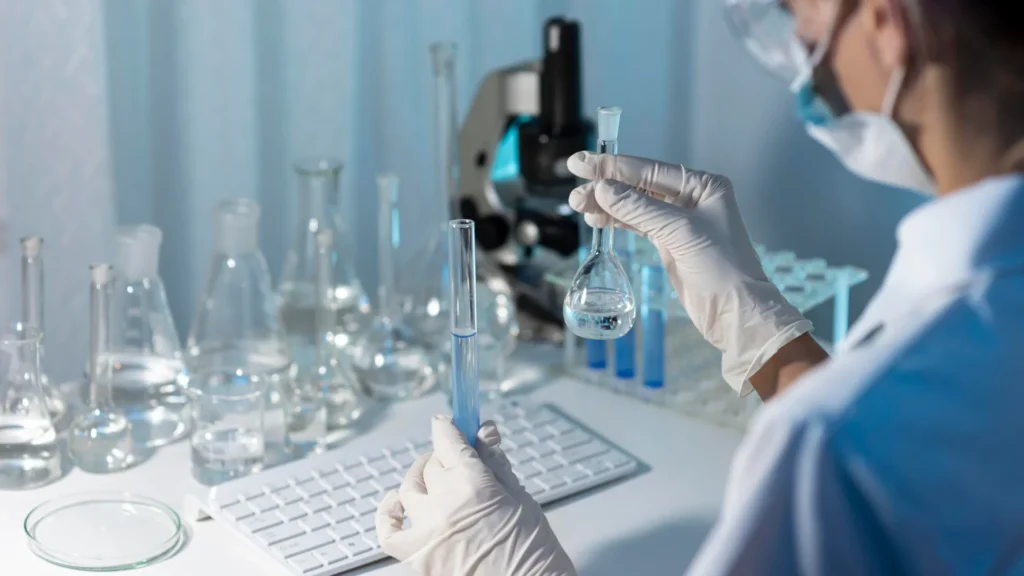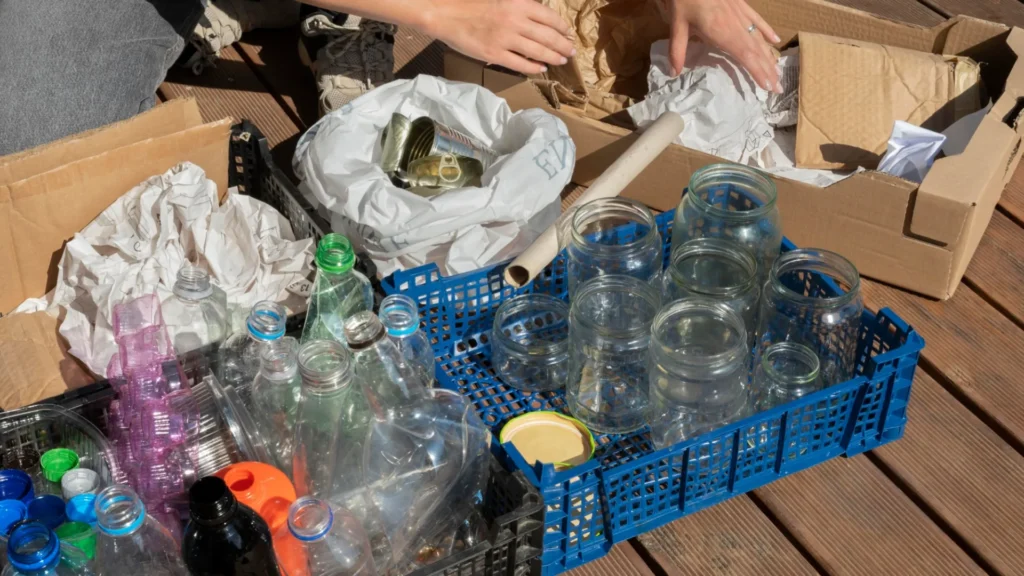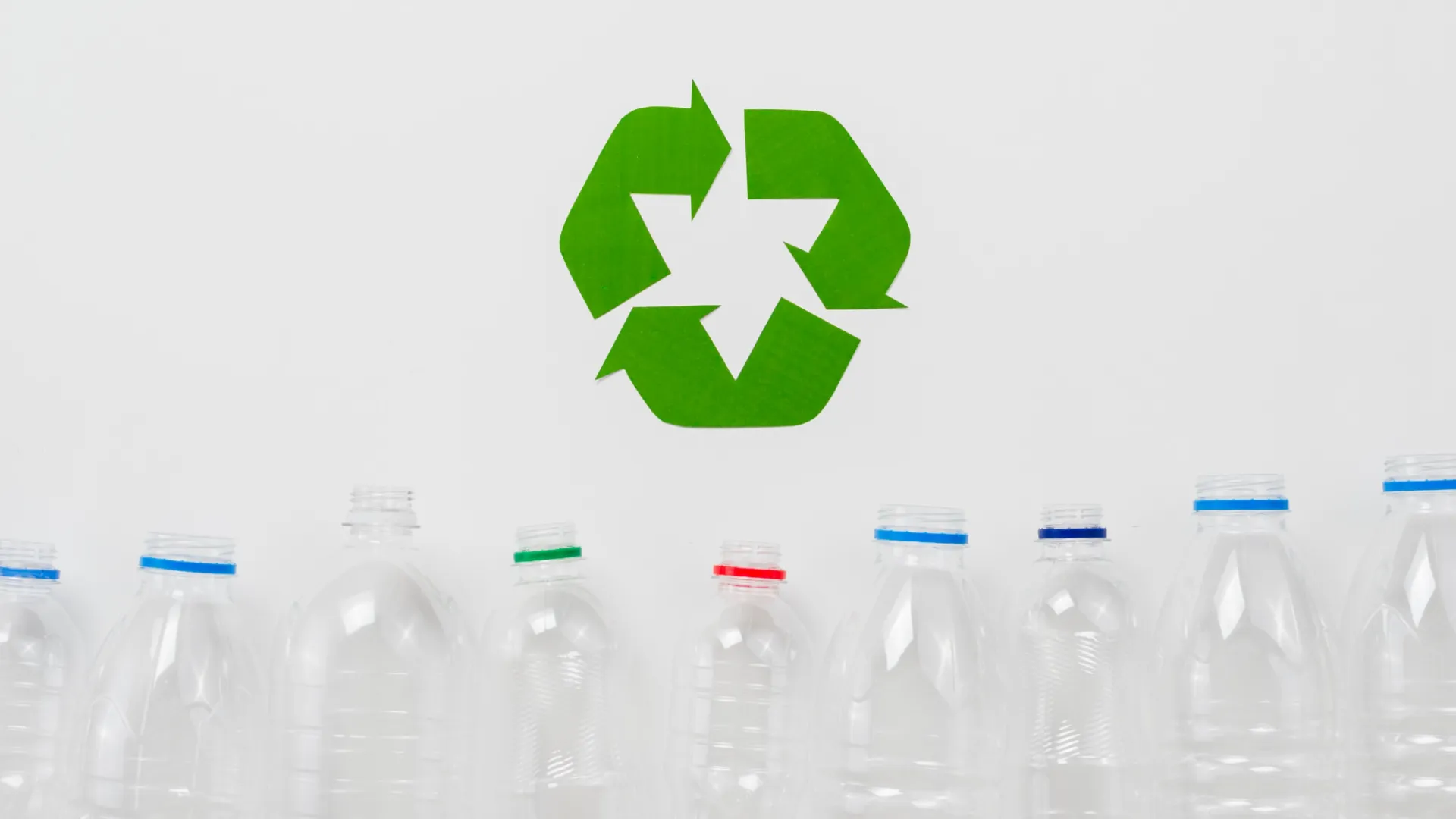Recycling plastics is a crucial process in managing waste and reducing environmental impact. The methods employed for recycling depend on the type of plastic and the capabilities of the recycling facility. Enhancements in collection schemes and sorting technologies are vital to achieving higher recycling rates, as plastic waste recycling rates are ten times higher when collected separately compared to mixed collection schemes.
Contents
Mechanical Recycling
Mechanical recycling is the most common method for recycling plastics like polyethylene terephthalate (PET) and high-density polyethylene (HDPE). These types of plastics are typically used to make soft drink bottles and containers, which are relatively easy to recycle. The process involves collecting, sorting, washing, shredding, and melting the plastic waste to form new products. This method is straightforward and efficient for certain types of plastics, contributing significantly to the recycling industry.
What is Mechanical Recycling?
Mechanical recycling involves physically processing plastic waste into new products without altering the chemical structure of the material. The process typically includes several stages:
1. Collection: Plastic waste is collected from various sources, such as households, businesses, and recycling centers.
2. Sorting: The collected plastics are sorted by type and color. This step is crucial for ensuring the quality of the recycled material.
3. Washing: The sorted plastics are thoroughly cleaned to remove contaminants like labels, adhesives, and residues.
4. Shredding: The cleaned plastics are shredded into small pieces or flakes, making them easier to process.
5. Melting and Extrusion: The plastic flakes are melted and formed into pellets or other shapes through extrusion. These pellets can then be used as raw material for manufacturing new plastic products.
-1024x683.webp)
Chemical Recycling
Chemical recycling is an emerging and growing approach that offers greater scalability. Unlike mechanical recycling, chemical recycling converts polymeric waste by altering its chemical structure, turning it back into substances that can be used as raw materials for manufacturing new plastics or other products. There are various chemical recycling technologies.
What is Chemical Recycling?
Chemical recycling involves breaking down plastic waste into its basic chemical components, which can then be used as raw materials for manufacturing new plastics or other products. This method can handle a wide range of plastic types, including those that are difficult to recycle mechanically. There are several technologies used in chemical recycling, including:
• Pyrolysis: This process involves heating plastic waste at high temperatures in the absence of oxygen, breaking it down into oil, gas, and char. The resulting oil and gas can be used as fuels or chemical feedstocks.
• Gasification: Plastic waste is exposed to high temperatures and controlled amounts of oxygen or steam, converting it into syngas (a mixture of hydrogen and carbon monoxide). Syngas can be used to produce energy or as a building block for new chemicals and fuels.
• Hydro-cracking: This process uses hydrogen to break down plastic waste into smaller molecules at high temperatures and pressures. The resulting products can be used as feedstocks for new plastic production or as fuels.
• Depolymerisation: This technology breaks down polymers into their monomers or other basic chemicals, which can then be purified and repolymerized to create new plastics.

Dissolution Recycling
Dissolution recycling is a purification process where the polymer in mixed plastics waste is selectively dissolved in a solvent. This allows the polymer to be separated from the waste and recovered in a pure form without changing its chemical nature. This method is beneficial for recycling plastics that are difficult to process through mechanical or chemical recycling.
What is Dissolution Recycling?
Dissolution recycling, also known as solvent-based recycling, involves using a solvent to selectively dissolve a specific polymer from a mixture of plastics. The process typically includes the following steps:
1. Collection: Plastic waste is collected from various sources, including households, businesses, and recycling centers.
2. Sorting: The collected plastics are sorted to remove non-plastic materials and to group similar types of plastics together.
3. Dissolution: A solvent is used to selectively dissolve the target polymer from the mixed plastic waste. This step allows the polymer to be separated from other contaminants and non-target polymers.
4. Purification: The dissolved polymer solution is purified to remove any remaining impurities or contaminants.
5. Precipitation: The purified polymer is precipitated out of the solvent, recovered in a pure form, and then dried.
6. Reprocessing: The recovered polymer can be reprocessed into new plastic products or used as raw material for various applications.

Organic Recycling
Organic recycling involves the controlled microbiological treatment of biodegradable plastic waste under aerobic or anaerobic conditions, such as composting or biogasification. This method applies to specific polymers that can be converted by microorganisms into stabilized organic residues, carbon dioxide, methane, and water. Organic recycling is particularly relevant for biodegradable plastics and contributes to the circular economy by returning organic materials to the environment in a safe and sustainable manner.
What is Organic Recycling?
Organic recycling involves the controlled microbiological treatment of biodegradable plastic waste under aerobic (composting) or anaerobic (biogasification) conditions. The process is suitable for specific types of biodegradable plastics that microorganisms can break down. Here are the typical steps involved:
1. Collection: Biodegradable plastic waste is collected from various sources, such as households, businesses, and agricultural activities.
2. Sorting: The collected waste is sorted to separate biodegradable plastics from non-biodegradable ones.
3. Pre-treatment: The biodegradable plastics are pre-treated, if necessary, to optimize the biodegradation process.
4. Composting/Biogasification: The waste is subjected to aerobic or anaerobic conditions:
• Aerobic Composting: In this method, biodegradable plastics are broken down by microorganisms in the presence of oxygen, producing carbon dioxide, water, and compost (stabilized organic residues).
• Anaerobic Biogasification: This process occurs in the absence of oxygen, where microorganisms convert the plastics into methane, carbon dioxide, and stabilized organic residues.
5. Utilization: The end products, such as compost or biogas, can be used for agricultural purposes or as a renewable energy source.

Conclusion
Recycling plastics is a multifaceted process that involves various methods tailored to different types of plastics. While mechanical recycling remains the most prevalent, chemical recycling, dissolution recycling, and organic recycling are gaining traction as viable alternatives. Continued improvements in collection schemes and sorting technologies are essential to maximize recycling rates and minimize the environmental impact of plastic waste.
By embracing diverse recycling methods and advancing technological innovations, we can significantly enhance the efficiency and effectiveness of plastic recycling, contributing to a more sustainable future.



